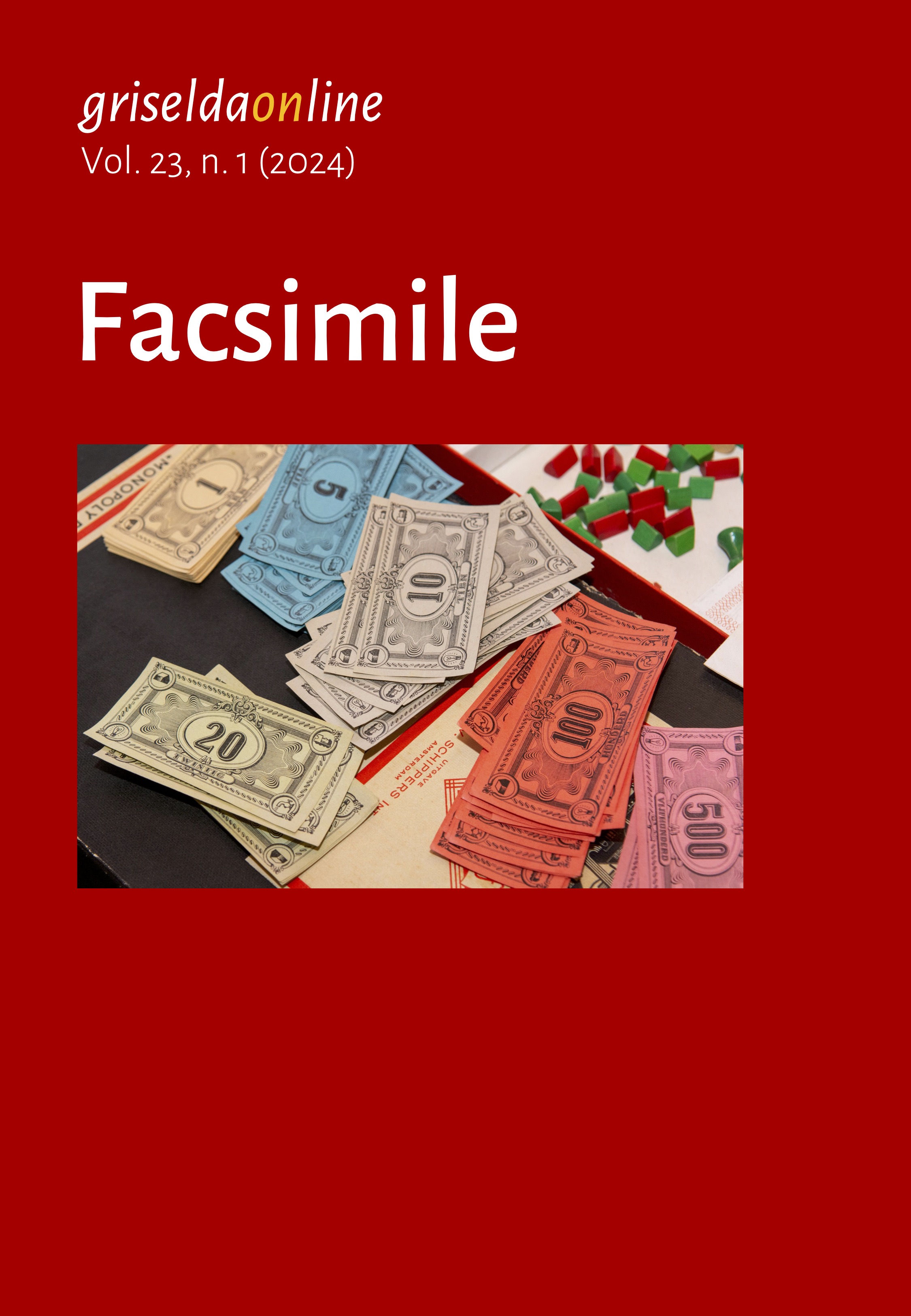Episodes of Rosmunda’s Fortune as a Tragic Character in the First Half of the Nineteenth Century
DOI:
https://doi.org/10.6092/issn.1721-4777/19313Keywords:
Alfieri, Longobards, Ottocento, Rosmunda, tragedyAbstract
The gloomy legend of the Gepid princess Rosmunda, become popular over the centuries mainly in the versions of Paul the Deacon and Machiavelli, has always enjoyed a certain fortune in stage literature due to its intrinsic tragic potential (unwillingly married to the Longobard king Alboinus, the conqueror of her people, and forced by him to drink from the skull of her deceased father, Rosmunda first has him killed by her lover Helmechis; the two then take refuge in Ravenna where, because of the exarch’s plots, they end up killing each other). Its success was at its peak in the 19th century, however, boosted as it was by the influence of Alfieri’s Rosmunda and the interest of the time, in the context of a nascent patriotism, in Longobard stories. The article outlines the main steps of its reception, examining the tragedies by G.B. Roselli, G.F. Gambara, T. Bandettini, P. Corelli and the opera librettos by L.A. Paladini and P. Rotondi, and dwells in particular on the psychological portrayal of the characters and the authors’ relationship with Alfieri.
Downloads
Published
How to Cite
Issue
Section
License
Copyright (c) 2024 Giada Guassardo

This work is licensed under a Creative Commons Attribution-ShareAlike 4.0 International License.





